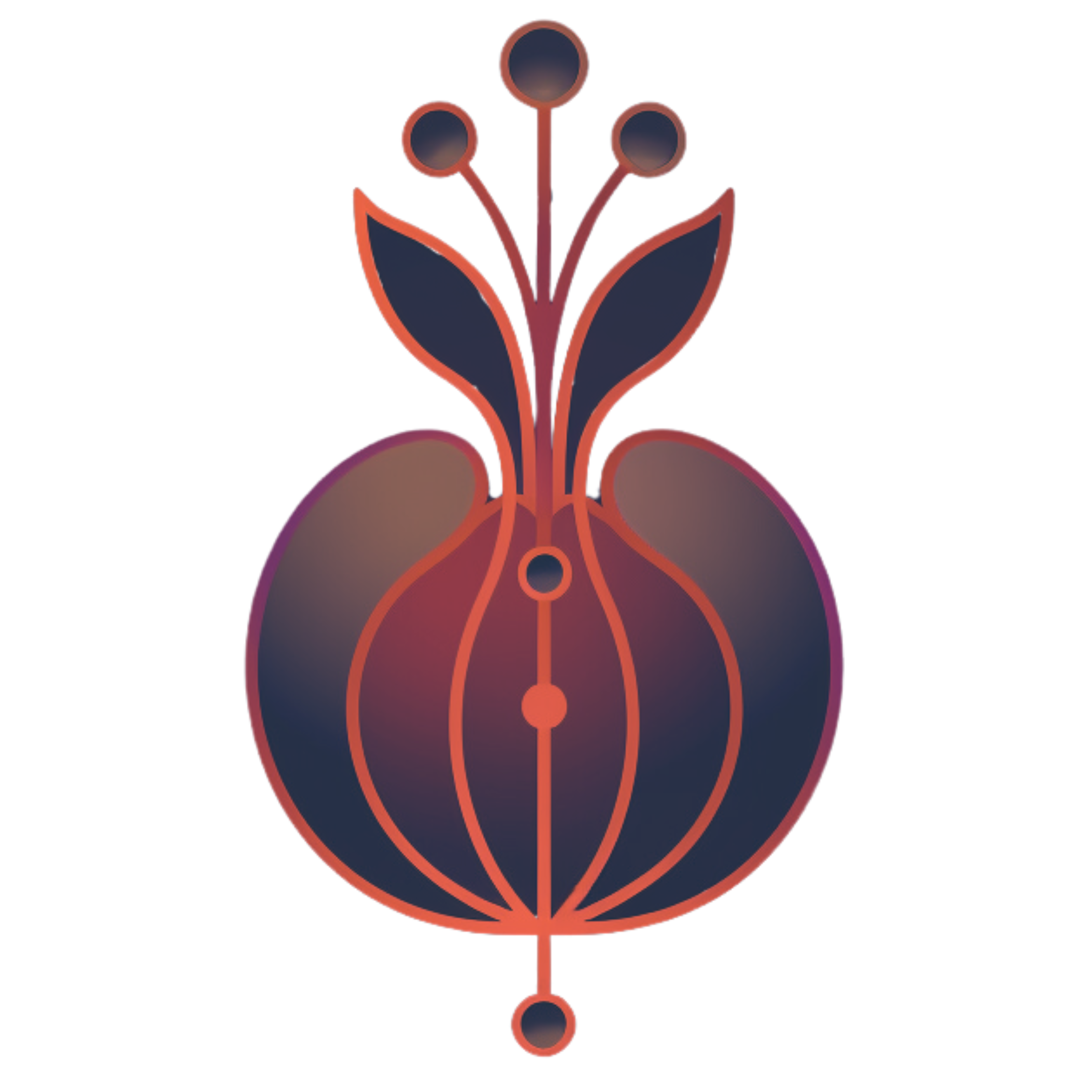Quantum Computing + Qiskit Independent Study
Academics | | Links:
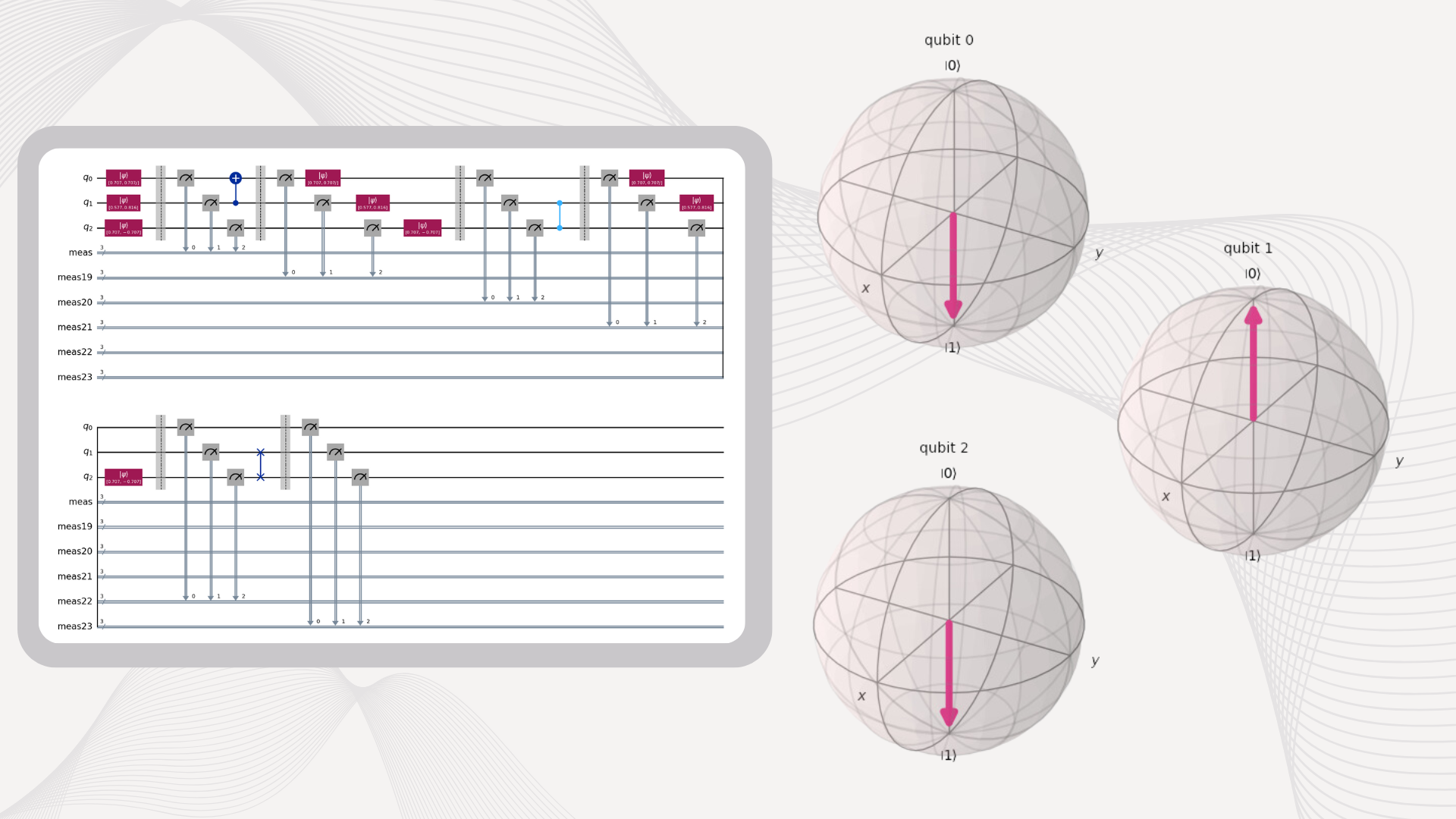
Explorations in Quantum Computing through independent study and additional instruction with the goal of obtaining the IBM Quantum Developer professional certification.
Overview
I have been studying Quantum Computing and the Qiskit library because I am deeply interested in advancements in Quantum Technology. This involves working to gain technical competancy with the Qiskit library, working towards the IBM Quantum Developer certification. I have also been investing time to the study of the underlying quantum mechanics. I am deeply motivated to be able to develop and understand the mechanics of the computations. With the rapid advancements in Quantum processing chip development, I’m building this skillset with the hope that at some point I can find a way to integrate this knowledge into my embedded repertoire.
Technical Skills Development
Qiskit
I composed a self guided learning plan, overseen by Professor Eric Reed at Foothill College, for the purposes of studying for the IBM Quantum Developer certification exam. While the IBM Quantum Learning course is an invaluable resource, I opted to use the IBM Qiskit textbook (now archived on github) as my main learning resource and compounded it with Hassi Norlén’s “Quantum Computing in Practice with Qiskit and IBM Quantum Experience,” and Robert Loredo’s “Learn Quantum Computing with Python and IBM Quantum.” The IBM Qiskit textbook provides ample theory based explorations of Quantum Computing concepts while both Norlén and Leredo’s texts guide in extensive applications. My goal has been to establish a well rounded understanding of the computational and mechanical theory, along with functional application of the tools enabled by the Qiskit library.
Experiments
Here the focus was to gain familiarity with the Qiskit library and so the experiments were simulation based. I was interested in the impact of quantum gates on qubit states and constructed various circuits using single to multiple qubits and applied a variety of fundamental gates.
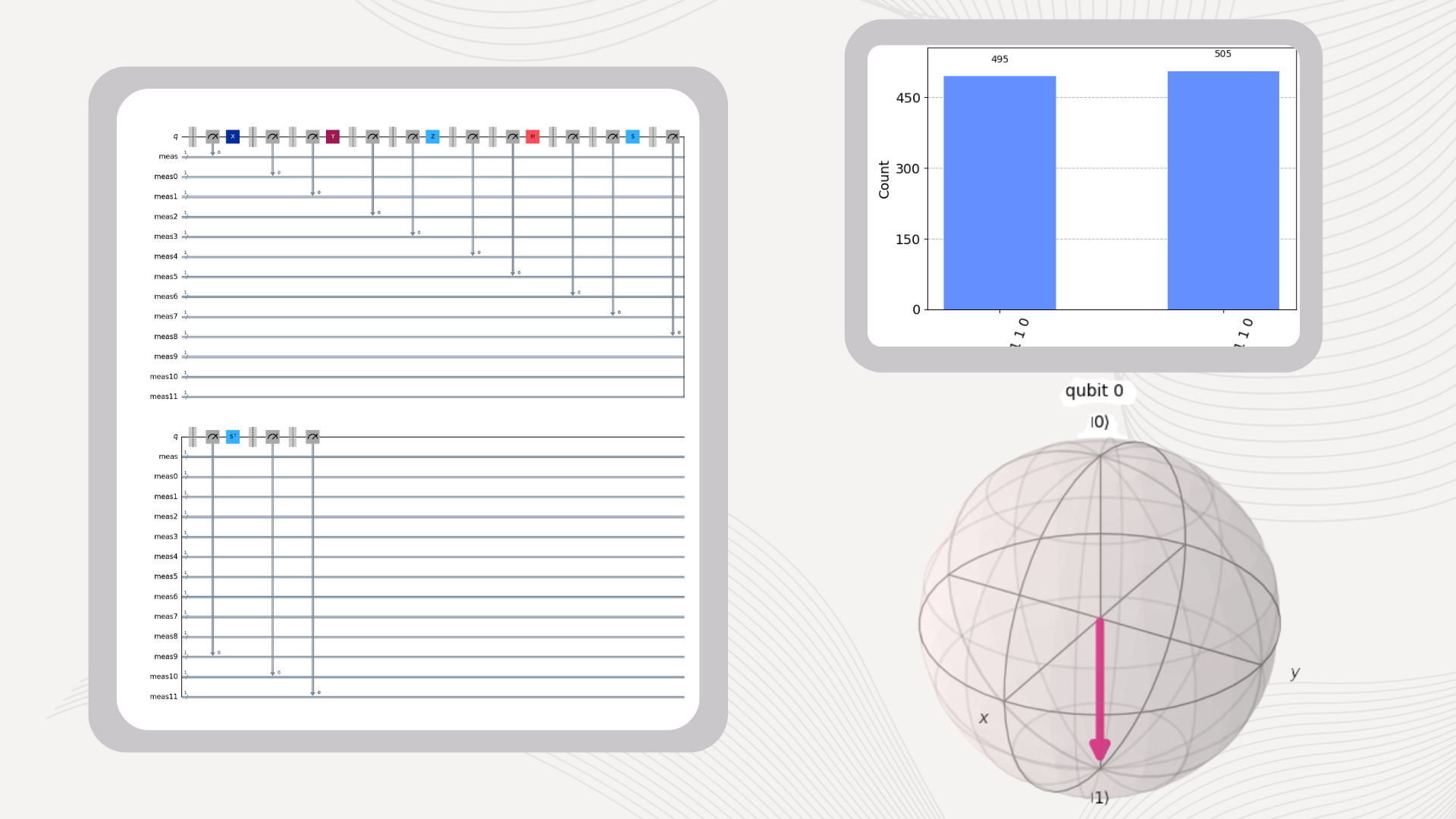
Single qubit circuit before rx gate
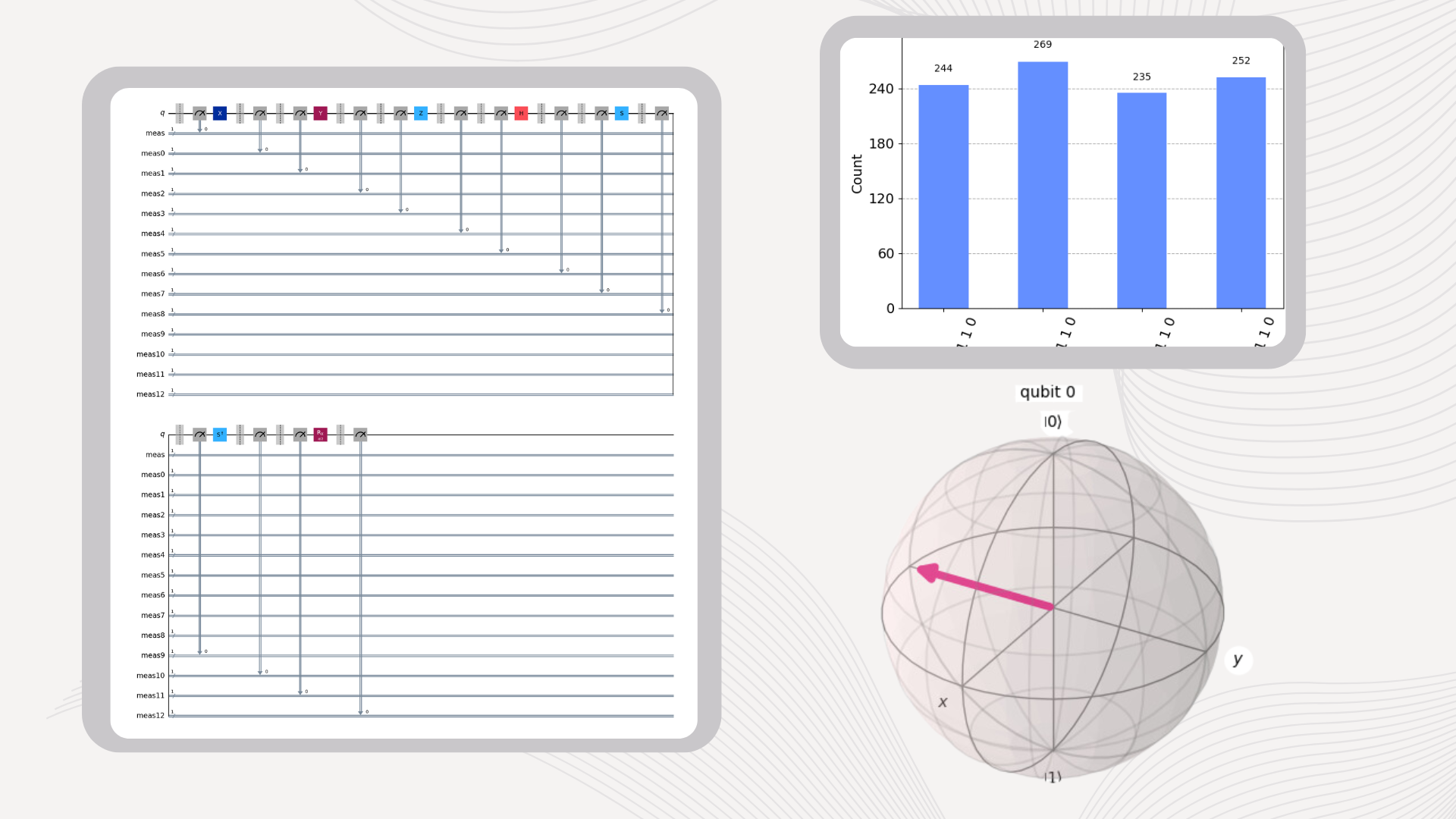
Single qubit circuit after rx gate
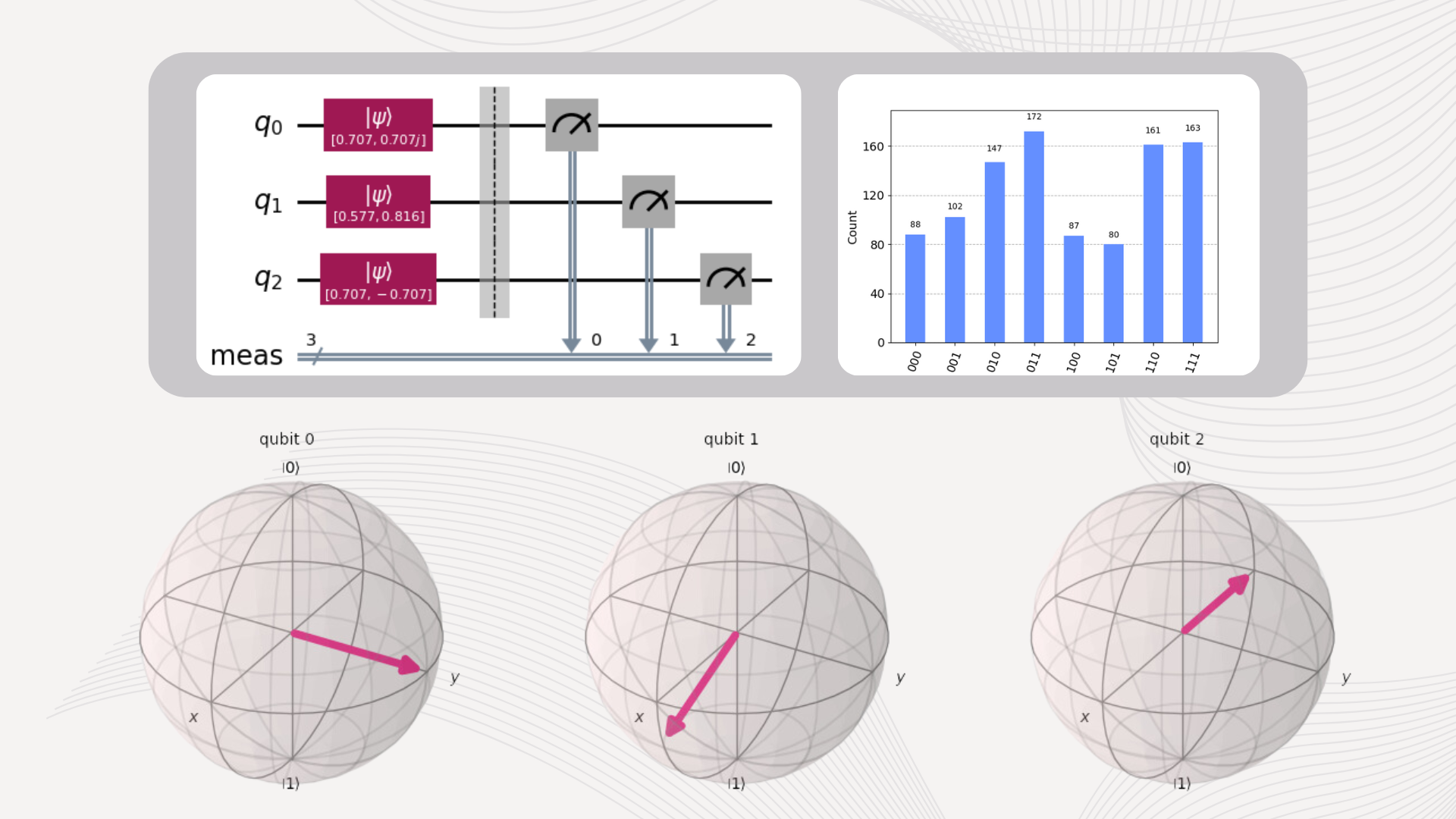
Multi-qubit circuit before cx gate
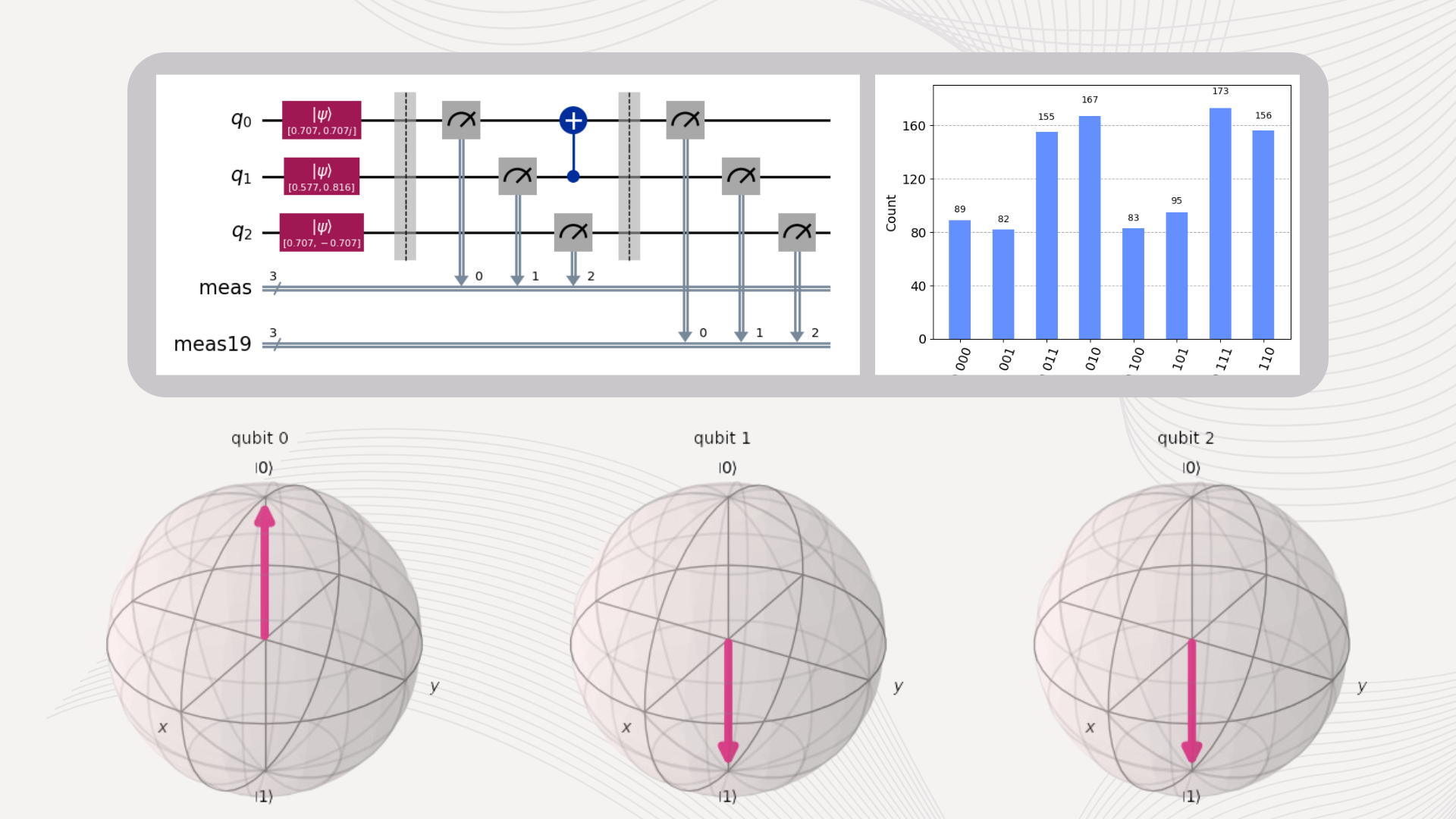
Multi-qubit circuit after cx gate
Cloud Quantum Computing: Amazon Braket AWS
My initial study began with Eric Reed’s (Foothill College) guidance through Jack D. Hidary’s text, “Quantum Computing: An Applied Approach.” This text served as an introduction to Quantum Computing and we then experimented with basic quantum computations through Amazon Braket’s Cloud Quantum Computing service. This allowed us to run experiments on actual quantum computers remotely.
Experiments
We initialized a quantum circuit of a single qubit to a quantum state/superposition and then measured with multiple iterations to determine the probabilistic outcome of the measured state. This was to observe the actual qubit’s collapse to a binary state. We additionally constructed a 3 qubit quantum circuit and applied Hadamard gates to them to observe state rotation.
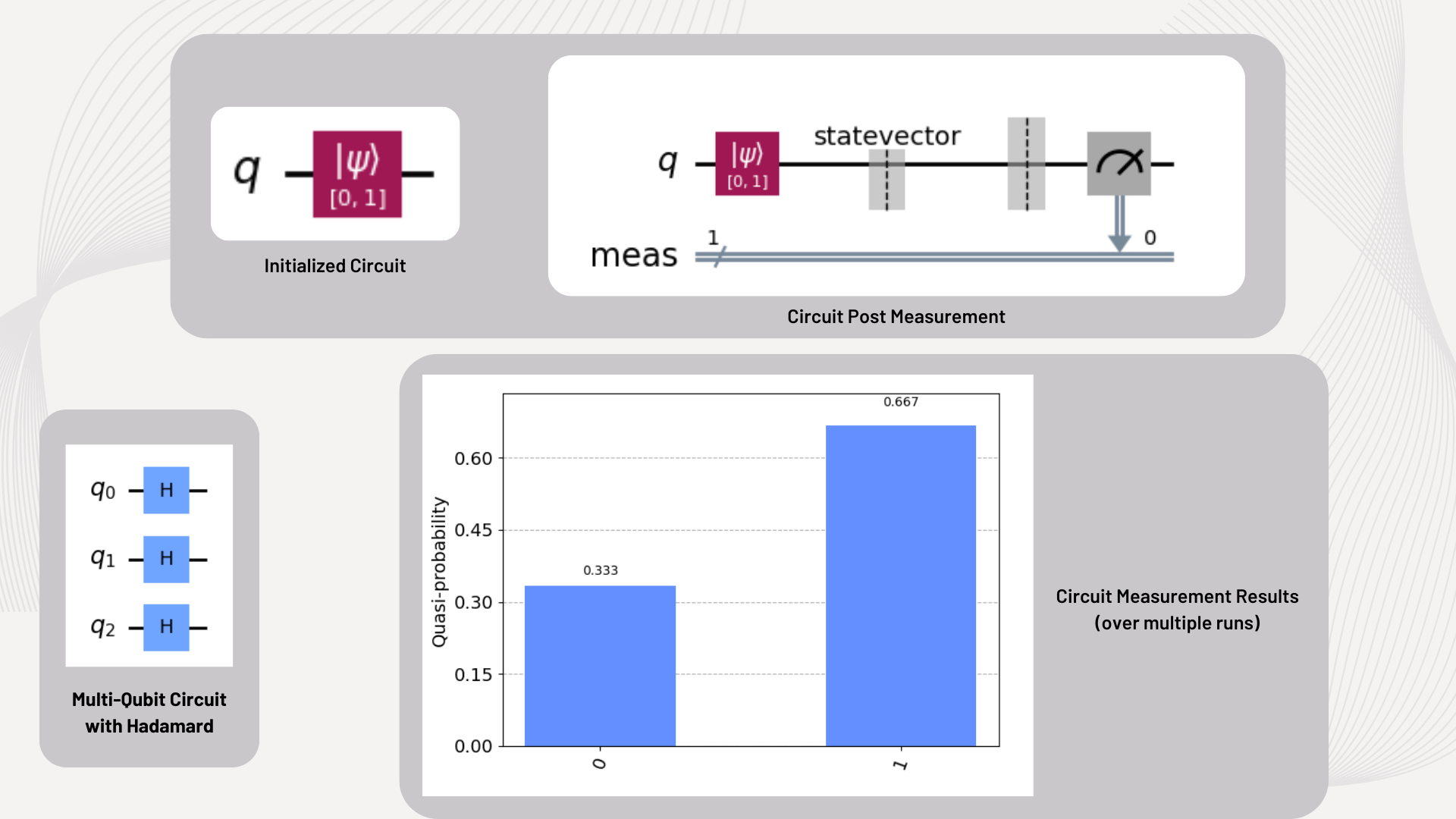
Cloud Quantum Computing Experiments
Theoretical Foundation
To underpin the computational applications, I have also been independently studying wave theory and quantum mechanics, along with the relevant linear algebra concepts in order to build theoretical proficiency. This has enabled me to initialize and manipulate qubits in superposition with better proficiency and conceptual understanding.
Independent Learning
I was fortunate enough to have the support of my professors, especially Eric Reed at Foothill College, to begin the pursuit of this line of study. Under his guidance I was able to start with the basics and since then have continued in my spare time with a self guided plan. While I still retain the goal of obtaining the IBM Quantum Developer certification, venturing into Quantum Computing has opened a broader interest in quantum mechanics, and so I am simultaneously exploring the relevant physics and mathematics.
